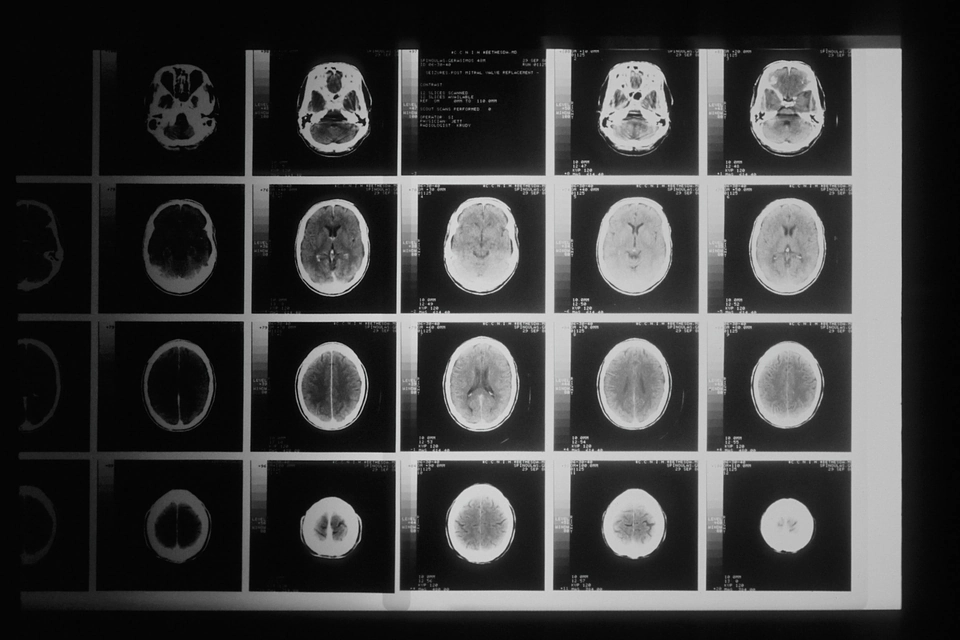- Introduction
- What We Already Know About Making Hiring Decisions
- The Use Case for Neuroscience In the Workplace
- The Future of Neuroscience In the Hiring Process
How Neuroscience Can Inform Hiring Decisions
Introduction
Determining who to hire is one of the most crucial decisions an organization makes. Hiring new talent can bring significant benefits to a team, increasing productivity, innovation, engagement, and overall performance.
For some time, psychological concepts have been implemented in the hiring process to help recruiters, hiring managers, and talent acquisition teams identify and screen talent best suited for a role. For instance, psychometric tools have been used to assess whether candidates have the correct personality traits and cognitive abilities necessary.
With recent advancements in neuroscience, it is now possible to use neuroscientific methods to further understand the nature of human decision making. This blog explores what neuroscience has already contributed to our understanding of hiring decisions, and examines possible future directions and applications that could be implemented for more objective hiring decisions.
What We Already Know About Making Hiring Decisions
Theories of human cognition describe why we have the tendency to make the hiring decisions we do, and they explain how different variables can influence our decision making. One such theory, and arguably the most popular, The Dual Process Model [1] proposes that decisions are made using one of two systems:
-
System 1: The automatic or unconscious system that is fast and relies on previous experiences and habits. When System 1 is used, information is processed by the emotional regions of the brain (the amygdala, insula and hippocampus) before being executed by the motor cortex.
-
System 2: The controlled or conscious system, which is slower and relies on deliberate reasoning and cognitive processes. System 2 is typically used when we have more time available; information in this system is processed by the emotional regions of the brain before being modulated in the frontal regions (involved in higher executive function), and is then executed using the motor cortex. Decisions produced by this system are more thought-out and so are usually of a higher quality.
System 2 is ideal when making hiring decisions, but as these decisions are usually made in a limited amount of time, we often default to System 1, and these decisions are more easily influenced by different cognitive and emotional factors.
For instance, if we are feeling happy and optimistic, we’re more likely to favor riskier decisions, whereas feeling down will likely lead to more cautious decision making. Memory, personality, and cognitive biases, such as the confirmation bias and the sunk cost fallacy can also shape our decision making under System 1. This causes people to favor certain candidates over others — usually those most similar to us.

The Use Case for Neuroscience In the Workplace
Although models of human cognition are great for understanding why hiring managers and recruiters are likely to make certain hiring decisions, they tell us very little about a candidate’s potential. This is where neuroimaging methods come in handy — although there are definitely some valid ethical and legal concerns regarding its practicality.
Neuroimaging methods, including EEGs (the wearable caps that record electrical signals from neurons) and MRIs (the long scanner that records brain structure and function) have been used fairly successfully to predict performance across various domains. This has since sparked conversations about the use case of neuroimaging methods for predicting candidate potential, and therefore, informing hiring decisions.
Within scientific literature, there are various studies that have successfully demonstrated how neuroimaging can predict cognitive performance. For instance, Sunavsky and Poppenk’s 2020 study measured anatomical brain structure using an MRI scan against behavioral measures of divergent thinking and creativity in a sample of 104 adults. The researchers found creativity to be predicted by features of the frontal region of the brain. Similarly, Joshi et al. (2019) was able to predict intelligence from MRI data, while another was able to predict memory performance from whole brain connectivity (Yamashita at al. 2018).
Although neuroimaging methods may be able to offer an accurate, objective, and bias-free measure of an applicant’s potential, MRIs are very expensive and unpractical, so it’s unlikely these will be used in the hiring process anytime soon. However, with this in mind, new, slightly more practical and mobile methods have been developed.

The Future of Neuroscience In the Hiring Process
Functional Near-Infrared spectroscopy (FNIRS) is the latest neuroimaging method to arise. It detects similar signals to MRIs, while having the advantage of being portable and easier to undergo. FNIRS is becoming a more popular tool for assessing cognitive function in everyday life and its widely used among the subfield of neuroergonomics — the application of advanced neuroscience and neuroengineering to understand the human brain at work.
In the coming years, FNIRS will likely be used in different interview setups to identify neural predictors of workplace performance. It could even be that down the line, FNIRS are used in conjunction with Virtual Reality Simulators, providing a realistic immersive workplace environment, to measure cognitive and emotional processes that underlie a candidates performance. This is certainly not to say that this will become standard hiring practice; there are many legal and ethical barriers that will perhaps never be overcome, but the research in this space is certainly interesting.
Neuroscience has and will continue to inform our hiring decisions. Currently, this looks like the models of human decision making that explain why we make the type of decisions we do in different contexts, and off the back of this, different solutions, such as resume anonymization have been developed to prevent biases in the hiring process. Work in this space is also able to identify different neural predictors of performance, and with recent advances in neuroimaging technology, it probably won’t be long until we see research looking at this within the hiring process.
Author: Emma Bluck (Marketing and Scientific Communications Lead)
Start Building a Fairer Workplace With Us
Dive into the future of work with our expertly crafted solutions. Experience firsthand how MeVitae’s AI-driven solutions can make a difference. Request a demo or consultation now.
